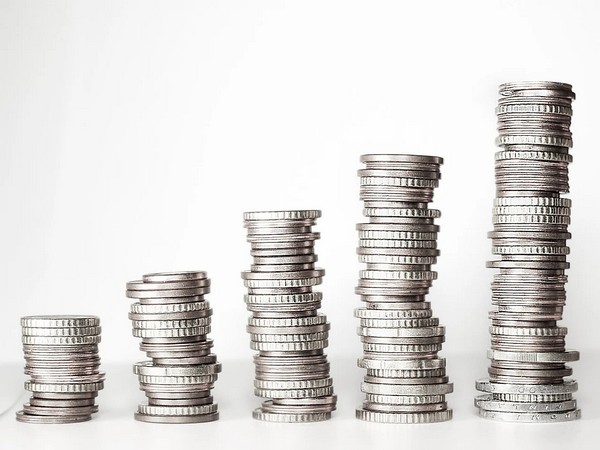
In the realm of personal finance, understanding how accruing interest works in a savings account can significantly impact one’s financial growth and stability. Interest is essentially the cost of using someone else’s money. When you deposit money in a savings account, the bank uses your funds, and in return, it pays you interest. But how does this process work? Here unravel it in the following sections.
Interest is a fascinating concept. It’s the bank’s reward to its customers for entrusting their funds with them. This reward is calculated as a percentage of the total funds or the principal amount you deposited in your account over a specific period. This enables the bank to lend these deposits out to other customers through loans.
Think of it like this: when you put your money in a savings account, you’re essentially lending it to the bank, and the interest accrued is your agreed payment for this service. But it’s more than just a simple transaction; the rate of interest can often reflect a country’s economic health, which is why it can vary from time to time.
SoFi states, “This type of interest accrues in b/w payments.”
The process of accruing interest in a savings account is closely tied to the concept of Annual Percentage Yield or APY. APY is a percentage value that shows how much you stand to earn or owe over a single year. APY better represents your potential earnings than the annual interest rate because it considers the impact of compounding interest. Understanding the APY offered by your bank can give you a clearer idea of your savings growth over time.
Compounding is when the interest earned on a savings account gets added to the original principal, and then that total sum earns interest. The interest could be compounded daily, monthly, quarterly, or yearly depending on the bank’s policy. The more frequently the interest is compounded, the more interest your savings will generate. This process allows your savings to grow faster than simple interest, where interest is not added to the principal.
Several factors can affect the accrual of interest in a savings account. First, is the interest rate itself, which can vary from one financial institution to another and is often influenced by national economic trends. The frequency of compounding, as mentioned before, also plays a vital role. Finally, the amount of money in the account and how long it stays there can make a significant difference. It’s worth noting that withdrawals can impact interest accrual, particularly if they bring the balance below a required minimum.
Maximizing interest accrual in a savings account is all about smart management. Keeping a higher balance, avoiding unnecessary withdrawals, and choosing an account with a high-interest rate and frequent compounding can all contribute to accruing more interest. Many individuals also opt for automatic savings plans that transfer money from a checking to a savings account regularly, ensuring that their savings continue to grow without them having to think about it.
Understanding how interest accrues in a savings account can be instrumental in maximizing one’s financial growth. Individuals can maximize their savings through strategies like maintaining a healthy balance and choosing accounts with favorable interest rates and compounding policies. Remember, every interest earned is a step towards a more secure financial future.















